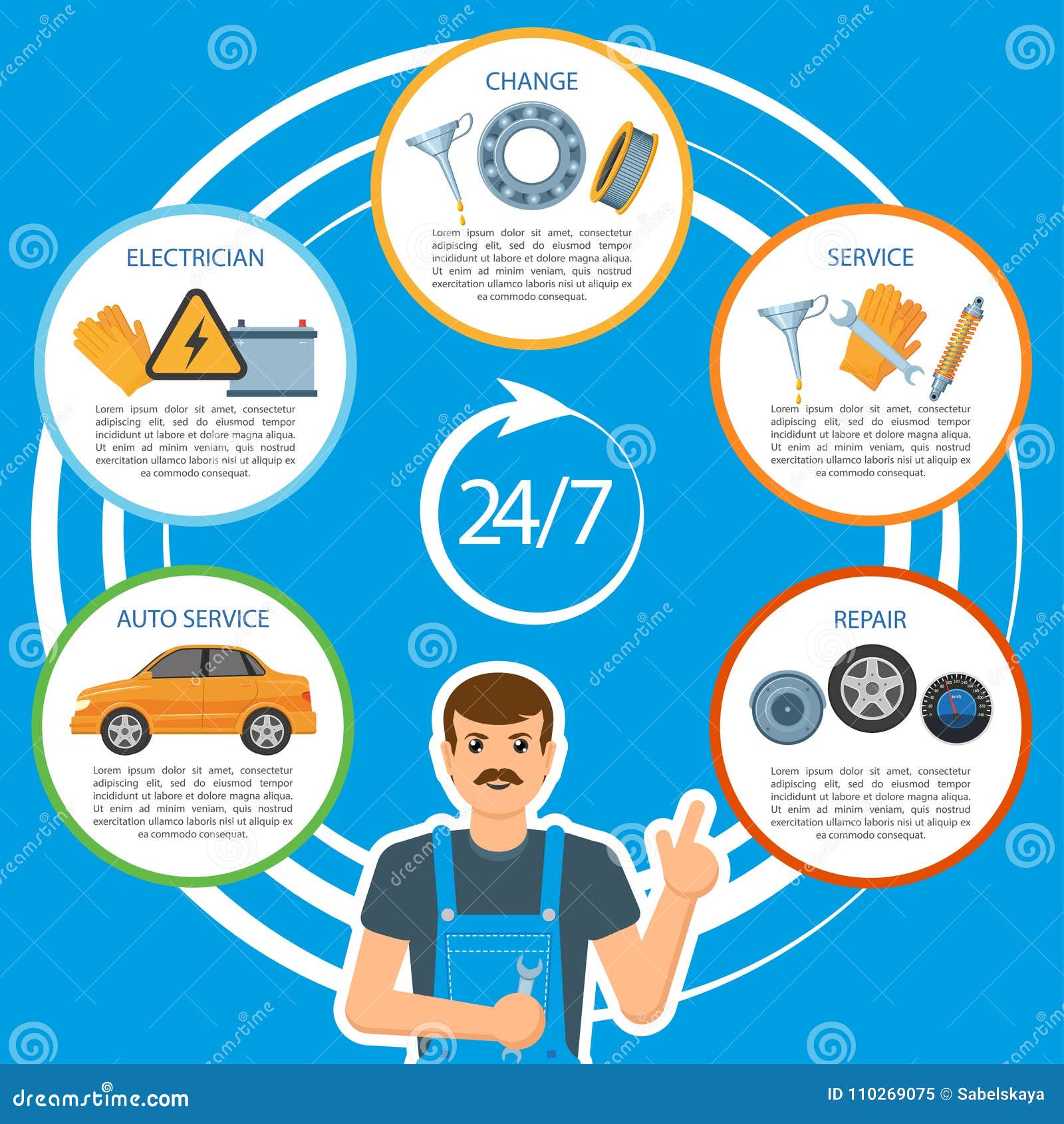Assessing Your Vehicle'S Warning Indicators: What They Truly Communicate
Assessing Your Vehicle'S Warning Indicators: What They Truly Communicate
Blog Article
Authored By-Vinson Winters
When you're behind the wheel, those radiant warning lights on your control panel can be a bit puzzling. Do you know what they're trying to tell you regarding your auto's health and wellness? Understanding the significance of these lights is crucial for your safety and the longevity of your lorry. So, the next time among those lights pops up, wouldn't you intend to understand its message accurately and take the necessary steps to address it?
Common Warning Lights and Interpretations
Identify usual warning lights in your auto and comprehend their meanings to ensure risk-free driving.
The most common warning lights include the check engine light, which signifies concerns with the engine or exhausts system. If this light begins, it's crucial to have your car examined without delay.
Get More Information alerting light shows low oil pressure, requiring instant interest to avoid engine damages.
A flashing battery light might suggest a damaged charging system, possibly leaving you stranded otherwise resolved.
The tire stress surveillance system (TPMS) light notifies you to low tire pressure, impacting vehicle security and gas effectiveness. Overlooking this could bring about hazardous driving problems.
The abdominal light shows an issue with the anti-lock stopping system, compromising your ability to quit promptly in emergencies.
Lastly, the coolant temperature advising light warns of engine overheating, which can lead to severe damage if not solved quickly.
Comprehending aucklandcarcleaning will assist you attend to concerns promptly and keep secure driving problems.
Relevance of Prompt Focus
Understanding the common warning lights in your cars and truck is just the very first step; the importance of promptly attending to these cautions can not be highlighted enough to ensure your safety when driving.
When a warning light illuminates on your dashboard, it's your cars and truck's means of communicating a possible concern that needs interest. Overlooking these cautions can lead to much more extreme issues in the future, jeopardizing your safety and potentially costing you a lot more in repairs.
Motivate focus to alerting lights can stop breakdowns and mishaps. As an example, a blinking check engine light might suggest a misfire that, if left unattended, might cause damages to the catalytic converter. Addressing this promptly can conserve you from a pricey repair service.
Likewise, a brake system cautioning light could signal reduced brake fluid or worn brake pads, crucial elements for your security when driving.
Do It Yourself Troubleshooting Tips
If you observe a caution light on your control panel, there are a couple of do it yourself fixing suggestions you can attempt prior to seeking specialist aid.
The initial step is to consult your vehicle's handbook to understand what the specific warning light indicates. Occasionally the concern can be as basic as a loosened gas cap triggering the check engine light. Tightening up the gas cap may deal with the issue.
An additional usual concern is a low battery, which can set off different advising lights. Checking the battery links for deterioration and guaranteeing they're safe and secure might fix the trouble.
If a warning light persists, you can attempt resetting it by disconnecting the cars and truck's battery for a few minutes and then reconnecting it. In addition, checking your car's liquid degrees, such as oil, coolant, and brake liquid, can help repair advising lights related to these systems.
Conclusion
Finally, comprehending your automobile's caution lights is crucial for keeping your car running efficiently and safely. By promptly addressing aucklandcardetailing and understanding what they imply, you can prevent expensive repair services and prospective breakdowns.
Keep in https://keegankezsm.mybuzzblog.com/9796280/auto-fixing-s-future-landscape-considerable-trends-to-observe-in-the-coming-years to consult your vehicle's guidebook for particular details on each advising light and act appropriately to ensure a trouble-free driving experience.
Keep educated, remain risk-free on the road!
